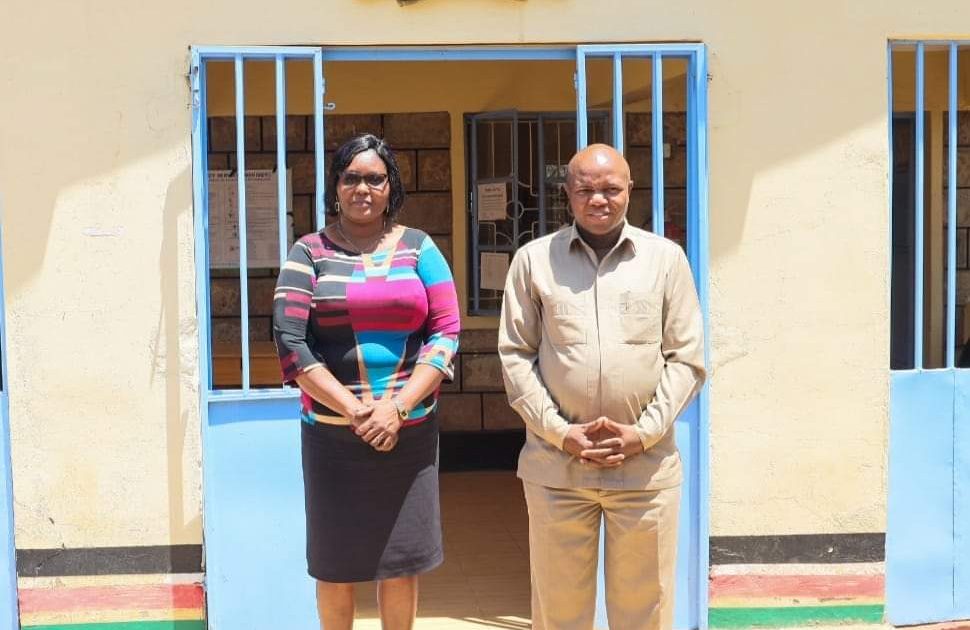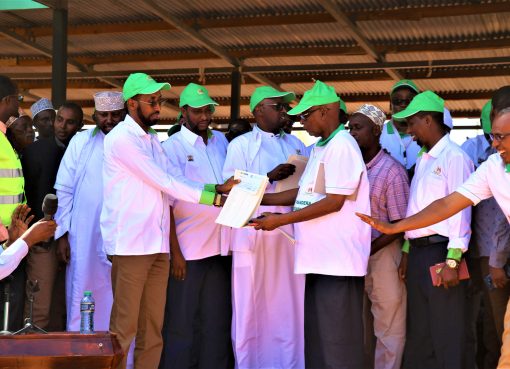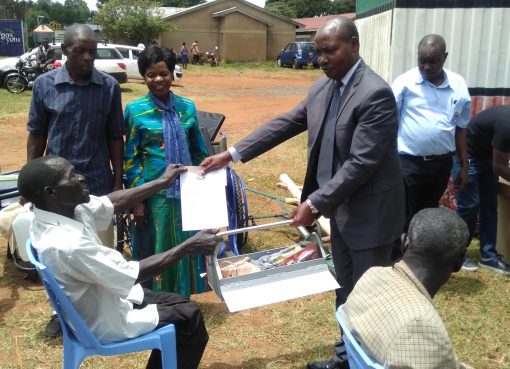Machakos county government has embarked on strategies which can be put in place to combat the biting drought situation and conditions.
Speaking at Kithimani Deputy County commissioner’s office, Machakos County Deputy Governor Francis Mwangangi remarked that the county is among those hit by poor rainfall and inadequate water supplies, which have a negative impact on the economic sector and the population at large.
“The role of the national Government in addressing the drought and famine situation is currently being witnessed in many parts of Lower Eastern, Machakos County being one of them cannot be ignored,” Mwangangi said.
“As a County Government we will work with the national Government to fast track the construction of the Yatta dam which will offer a permanent solution to water scarcity in Yatta and by extension Machakos County,” he added.
The Deputy Governor stated that he had a consultative meeting with Yatta Deputy County Commissioner Lillian Njagi in her Kithimani offices to discuss how both levels of government can collaborate to resolve the matter.
He further noted that their discussions emphasized on the role Yatta Dam which will increase water supply to enhance agricultural productivity in the sub counties of Yatta, Masinga and sections of Mwala.
“Dams store excess water during rainy periods that may be utilized to irrigate the farms during dry seasons. The Yatta dam will therefore boost agriculture by making it feasible to cultivate fruits and vegetables and rear livestock which is an important component of our diet,” said Mwangangi.
Mwangangi who later toured the Yatta Furrow intake noted that the Water levels of the Thika River have dropped significantly hence affecting water flow down the canal.
In the meantime, he said that he appeals to the Yatta Water Services Board to ensure regulated irrigation along the canal in order to ensure that all farmers downstream could access the little water that was still available.
By Caroline Mutheu





